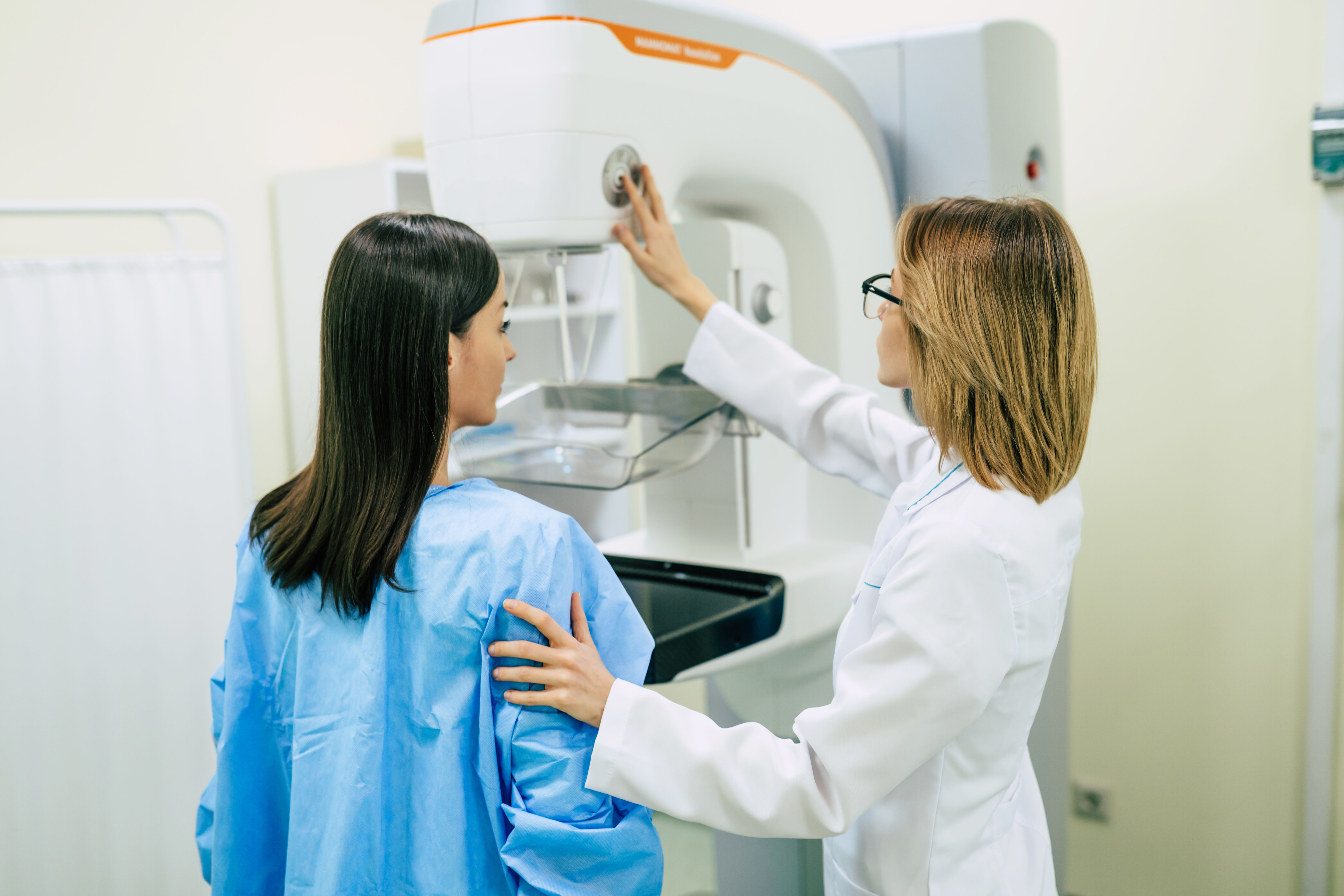This content is sponsored by MedStar Washington Hospital Center.
Patient recovery after surgery may seem like something discussed after a procedure in completed, however, at MedStar Washington Hospital Center, it’s part of initial planning so that patients face better long-term clinical outcomes.
“Enhanced recovery after surgery” – also known as ERAS – is a patient-focused approach designed to achieve early recovery for patients who undergo major surgery, according to the ERAS Society. MedStar Washington Hospital Center employs ERAS protocols in preoperative planning to ensure patients are prepared for surgery, have the best results they can and get home as soon as possible, said Dr. John Lazar, a board-certified general thoracic surgeon and director of thoracic robotics at MedStar Washington Hospital Center.
“We’re using [ERAS] in thoracic surgery to improve patient’s pain, and their overall ability to get out of the hospital earlier … it’s thinking about surgery before the surgery has even begun, which I think is very helpful,” said Dr. Lazar.
Following ERAS protocols can shorten recovery time and reduce complications by 30-50%, according to a 2018 study. With thoracic surgery, ERAS can translate to a lower likelihood of heart and lung complications, reduction in narcotics use, minimization of fluid overload and a shortened length of hospital stay, Dr. Lazar pointed out.
Dr. Lazar said not using narcotics during surgery is a layer of ERAS that can help improve patient recovery. During thoracic surgery, doctors operate between the ribs and it can be “quite painful,” he said. However, with ERAS, doctors use “non-narcotic blocks in the areas where these ribs are that last 72 hours” before surgery, he said.
“So when the patients get to recovery and then to the floor, they’re able to take a deep breath earlier, they’re able to walk, they’re able to do all of these things that they really need to do to get out of the hospital faster,” Dr. Lazar said.
Most patients are relieved about the reduction in pain medications, Dr. Lazar said.
“The media has really sort of highlighted the issues that we have with some of these medications, which are extremely powerful. On the other hand, when used properly, they do have an appropriate role,” Dr. Lazar said. “…So I don’t think they’re worried; they’re actually quite happy that you’re thinking about it.”
Surgery techniques, such as minimally invasive surgery and robotic surgery, can help improve recovery overall, too.
Minimally invasive surgery is performed using small incisions through the skin, and accounts for about “90% of our surgery and probably almost 99% of our lung cancer surgery,” said Dr. Lazar. Robotic surgery – also performed through small incisions – allows surgeons to do complicated procedures with the help of a mechanical arm with attached surgical instruments. Using both of these methods in thoracic surgery also allows patients to recover faster with less pain and scarring and with a reduction in damage to healthy tissue.
When used in tandem with non-narcotic pain medication, patients can breathe easier, walk sooner, and return to daily activities faster than ever, Dr. Lazar said.
Part of the value of ERAS lies in the idea that home is the best place to recover after surgery, Dr. Lazar said. There are both psychological and physical benefits to getting out of the hospital sooner, he added.
“Being in the hospital can be overwhelming, especially for older patients. They’re quite used to their comforts of home,” Dr. Lazar said. “In addition, I think it’s also a good thing to have loved ones looking after you as opposed to the hospital itself. The hospital does the best they can, but let’s be honest, there’s no one really like family or friends to really take care of you.”
All of these elements combined can mean improved patient outcomes.
“When you marry … the drugs, the surgery, and the ability to get home faster, I think the patient’s feel a lot better,” Dr. Lazar said.
For patients who need thoracic surgery, ERAS protocols bring together many teams and services to help improve preparation and recovery. At MedStar, it means a multidisciplinary approach to ensure a patient’s individual care plan is the priority.
“In a certain sense, it’s really made us think more globally about the patient and their underlying issues. And it’s become a little bit more of a multidisciplinary approach, in the sense that I’m talking to some of their other doctors,” Dr. Lazar said.
Read more about ERAS and thoracic surgery in a blog post by Dr. Lazar.







